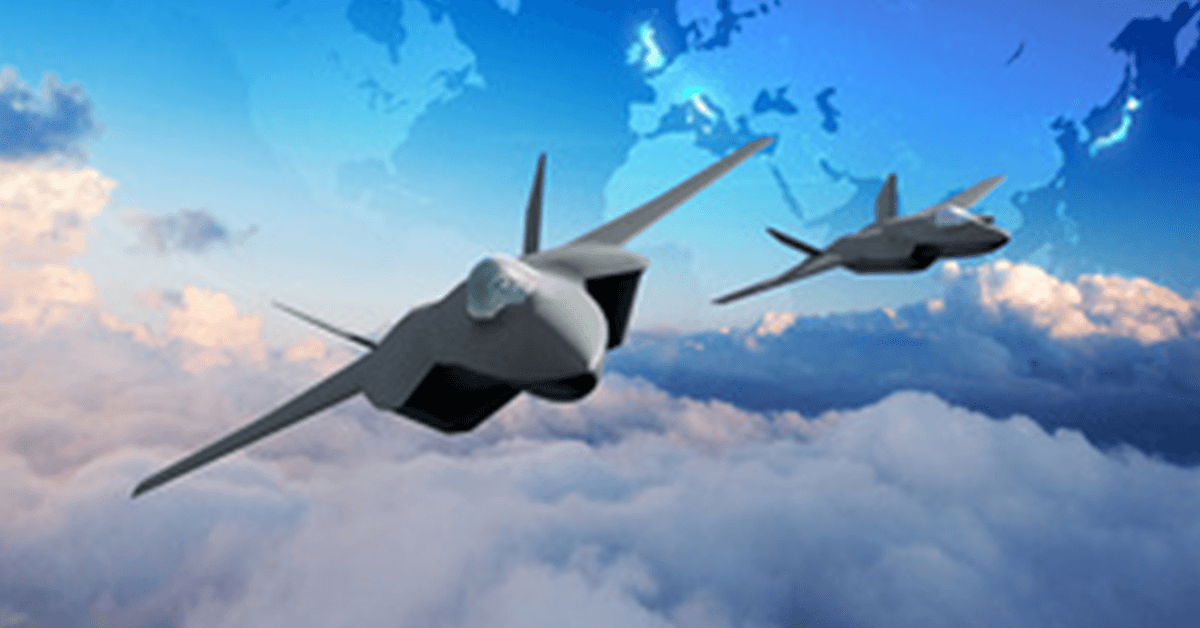Last month, Department of the Air Force leaders announced a four-pronged plan to reshape the DAF to stay competitive in modern great power competition.
These categories – develop people, generate readiness, project power and develop integrated capabilities – form a holistic approach to optimizing the Air Force and Space Force. Each of these areas contains a detailed list of specific goals, and overall, the strategy comprises “24 key decisions that are going to address the current force and our ability to stay competitive,” Air Force Secretary Frank Kendall, a 2024 Wash100 Award winner, said at the AFA Warfare Symposium in February.
Great power competition is one topic that may be explored at the Potomac Officers Club’s 2024 Air Force Summit in July, where top DAF officials and industry leaders will gather to tackle the most exciting opportunities and pressing challenges the department faces as it adapts to a changing warfighting environment.
To learn more and register to attend the event, click here.
Keep reading for a glimpse into each component of the DAF’s new strategy.
Develop People
Proper training is at the heart of a strong force, and to align its training approach with the modern global landscape, the Air Force plans to rebrand its Air Education and Training Command as the Airman Development Command.
Currently, said Air Force Chief of Staff Gen. David Allvin at the AFA event, the USAF has “a loosely integrated form of force development” throughout the service branch that makes leaders responsible for interpreting policies “without an organizing construct.” With the Airman Development Command, the Air Force aims to craft a unified understanding of key policies that define the direction of the service branch.
The USAF also intends to improve leadership development and training programs at the U.S. Air Force Academy, Officer Training School and ROTC that would prioritize great power competition in leadership development.
Workforce development is a key focus for the Space Force moving forward, and the service branch expects to achieve this goal by providing career pathways that would help Guardians meet the technological demands of USSF operations.
Generate Readiness
The DAF’s strategy for generating readiness is divided into six objectives that are primarily focused on two areas: exercises and processes. One specific way the department will address these areas is implementing exercises that would provide military personnel with a comprehensive look into challenging, large-scale military operations.
For the Space Force, the DAF wants to carry out a series of nested exercises that “increase in scope and complexity, fit within a broader Department of the Air Force-level framework, and are assessed through a Service-level, data-driven process to measure readiness,” according to the strategy. The DAF also aims to establish Space Force readiness standards designed for contested conditions.
Implementing department-wide no-notice or limited-notice operational readiness assessments is another element of the plan. The DAF is additionally looking to revamp processes associated with aviation spares and weapons systems that would make them more data-driven and risk informed.
Project Power
Gen. Chance Saltzman, chief of space operations and a 2024 Wash100 awardee, described this segment of the plan as being about “presenting the right kind of forces to our combatant commanders so that they can be effective with the tasks that we give them.”
Part of the new DAF plan is creating mission-ready “Units of Action” from Air Force Operational Wings and fostering a relationship between these Combat Wings and Base Commands. Under the strategy, AFCYBER will be raised to be its own Service Component Command and Space Force Combat Squadrons would be formalized as Units of Action. Other USSF Space Force Generation initiatives will also be expedited.
Develop Capabilities
Capability development is crucial to maintaining technological superiority in a world where new technologies are constantly advancing. To cultivate innovation, the DAF intends to establish multiple department offices – an Integrated Capabilities Office that would head the DAF’s modernization investments, an Office of Competitive Activities and a Program Assessment and Evaluation Office – as well as various units within different DAF organizations.
The department is also set to establish a Space Futures Command, which will be responsible for developing and validating concepts, leading experimentation and wargames and carrying out mission area design.

Don’t miss out on the opportunity to hear key DAF leaders discuss current initiatives in detail at the 2024 Air Force Summit. Click here to register.















